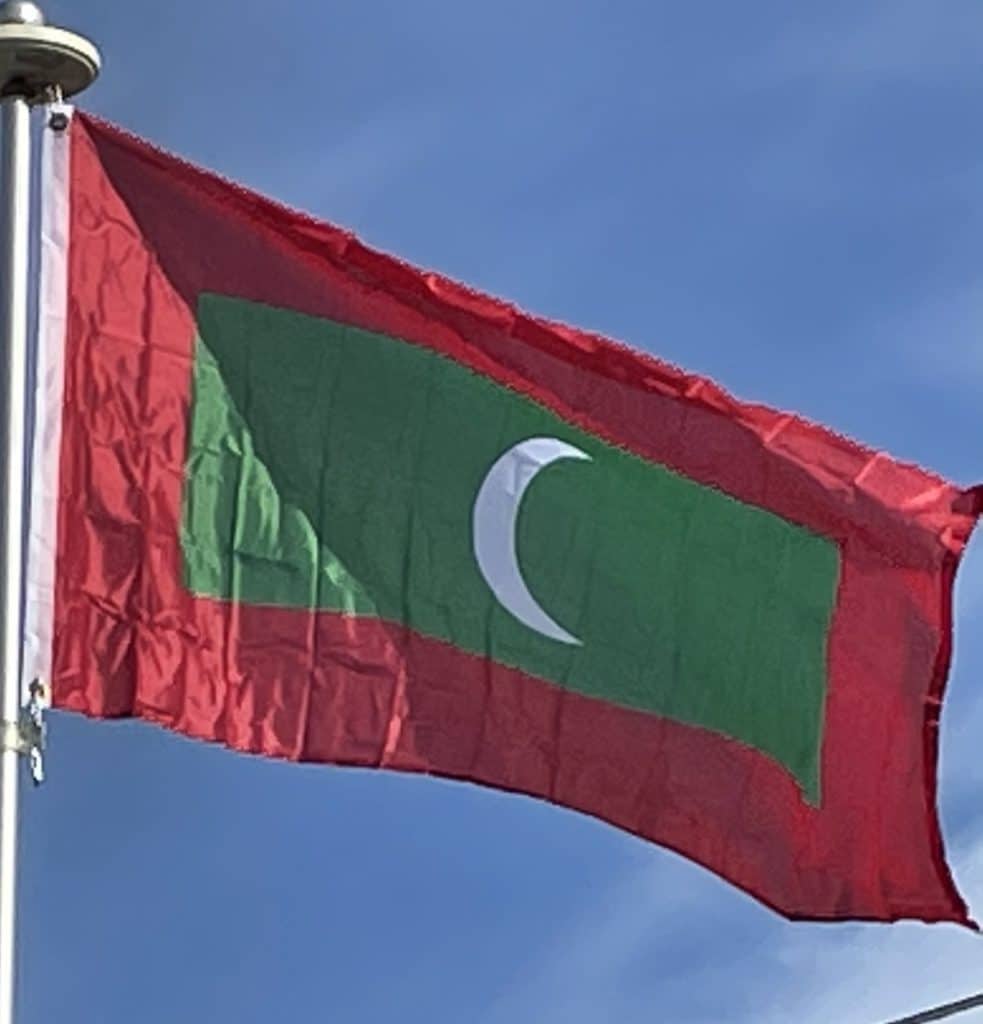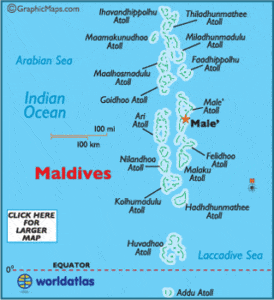
Only near the southern end of this natural coral barricade do two open passages permit safe ship navigation from one side of the Indian Ocean to the other through the territorial waters of Maldives.
Maldives is the lowest country in the world, with maximum and average natural ground levels of only 2.4 meters (7 ft 10 in) and 1.5 meters (4 ft 11 in) above sea level, respectively. In areas where construction exists, however, this has been increased to several meters. More than 80 per cent of the country’s land is composed of coral islands which rise less than one meter above sea level. As a result, the Maldives are at high risk of being submerged due to rising sea levels. The UN’s environmental panel has warned that, at current rates, sea-level rise would be high enough to make the Maldives uninhabitable by 2100.
Economy:
In the early 1970s, the Maldives was one of the world’s 20 poorest countries, with a population of 100,000. The economy at the time was largely dependent on fisheries and trading local goods such as coir rope, ambergris (Maavaharu), and coco de mer (Tavakkaashi) with neighboring countries and East Asian countries.
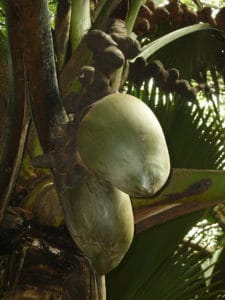
The Maldivian government began a largely successful economic reform program in the 1980s, initiated by lifting import quotas and giving more opportunities to the private sector. At the time tourism sector which would play a significant role in the nation’s development was at its infant stage.
Agriculture and manufacturing continue to play lesser roles in the economy, constrained by the limited availability of cultivable land and the shortage of domestic labor.
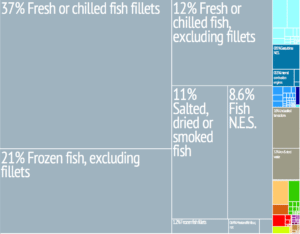
The Maldives remained largely unknown to tourists until the early 1970s. Only 189 islands are home to its 447,137 inhabitants. The other islands are used entirely for economic purposes, of which tourism and agriculture are the most dominant. Tourism accounts for 28% of the GDP and more than 60% of the Maldives’ foreign exchange receipts. Over 90% of government tax revenue comes from import duties and tourism-related taxes.
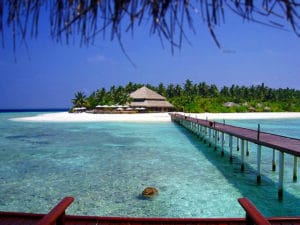
The development of tourism fostered the overall growth of the country’s economy. It created direct and indirect employment and income generation opportunities in other related industries. The first tourist resorts were opened in 1972 with Bandos Island Resort and Kurumba Village (the current name is Kurumba Maldives), which transformed the Maldives economy. The number of resorts increased from 2 to 92 between 1972 and 2007. As of 2007, over 8,380,000 tourists had visited Maldives.
Transportation:
Velana International Airport is the principal gateway to the Maldives; it is near the capital city Malé and is surrounded by water. International travel is available on government-owned Island Aviation Services (branded as Maldivian), which operates to nearly all Maldives domestic airports with several Bombardier Dash 8 aircraft, and one A320 with international service to India, Bangladesh, China, and Thailand.
